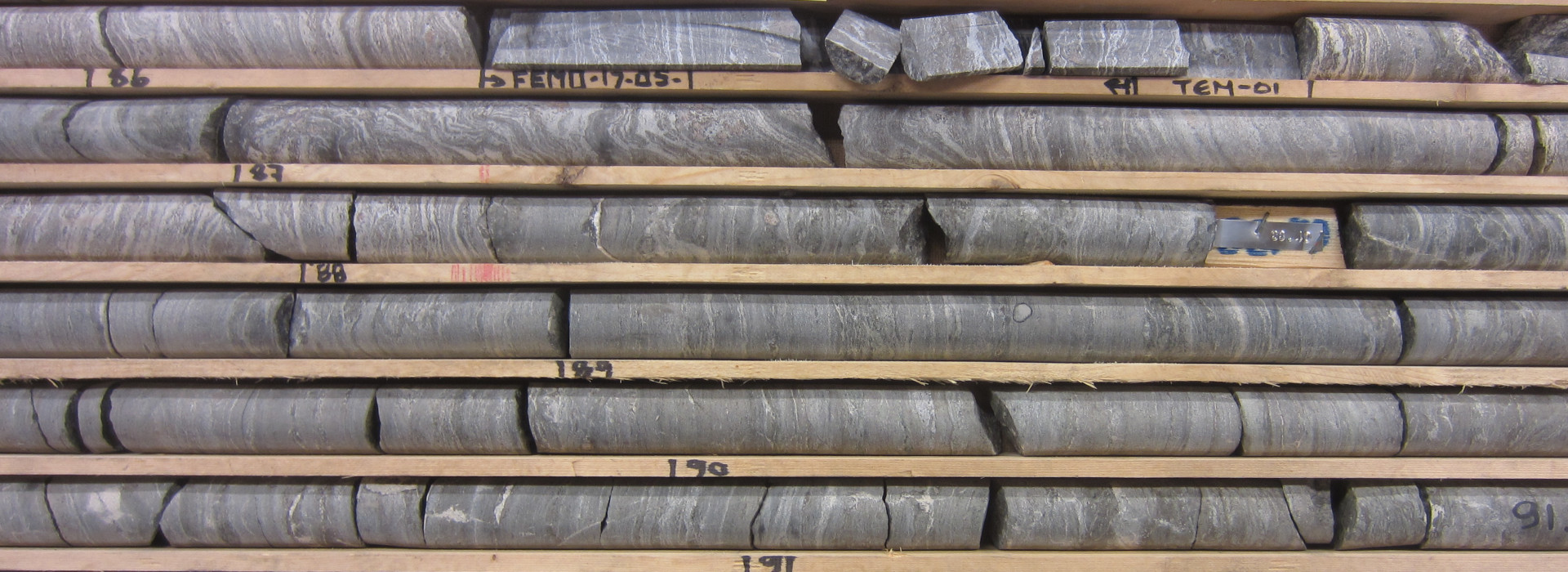Land Subsidence & Groundwater Salinization in the Mekong Delta
- Supervisor:
Prof. Franz Nestmann, Prof. Stefan Norra
- Person in Charge:Felix Dörr
The Mekong Delta (MD), home for approx. 17 million people, is being confronted with increasingly existence-threatening environmental changes since several years, in particular land subsidence and groundwater salinization. One of the main reasons for this is considered to be the high extraction of groundwater. In this PhD project, innovative measurement technologies are used to collect and evaluate new data on depth-differentiated land subsidence rates, the aquifer stratigraphy as well as the quality, age and dynamics of the groundwater, by which a comprehensive process understanding of land subsidence and groundwater salinization in the MD will be developed. On the basis of this data, a 3D land subsidence and groundwater model will be elaborated, with which the dynamics of land subsidence and groundwater salinization due to groundwater extraction and climate change will be investigated. The model will be used to calculate future scenarios in order to evaluate the further impact of climate change and the effect of potential countermeasures, e.g. artificial groundwater recharge (aquifer storage and recharge). The elaborated process understanding and the model calculations thus form the basis for sustainable water resource management concepts in the MD. The elaborated process understanding can also be adapted to other delta regions worldwide and can thus contribute to the clarification of comparable issues in other delta areas.

In the southern Mekong Delta, the effect of land subsidence significantly exceeds the effect of sea level rise. In which hydrogeological layers the relevant land subsidence processes take place and which role the extraction of groundwater plays is not yet clarified. The cause of the groundwater salinization is also unclear - besides the saltwater intrusion from the sea, deep, saline paleo-groundwater can also be the cause.
